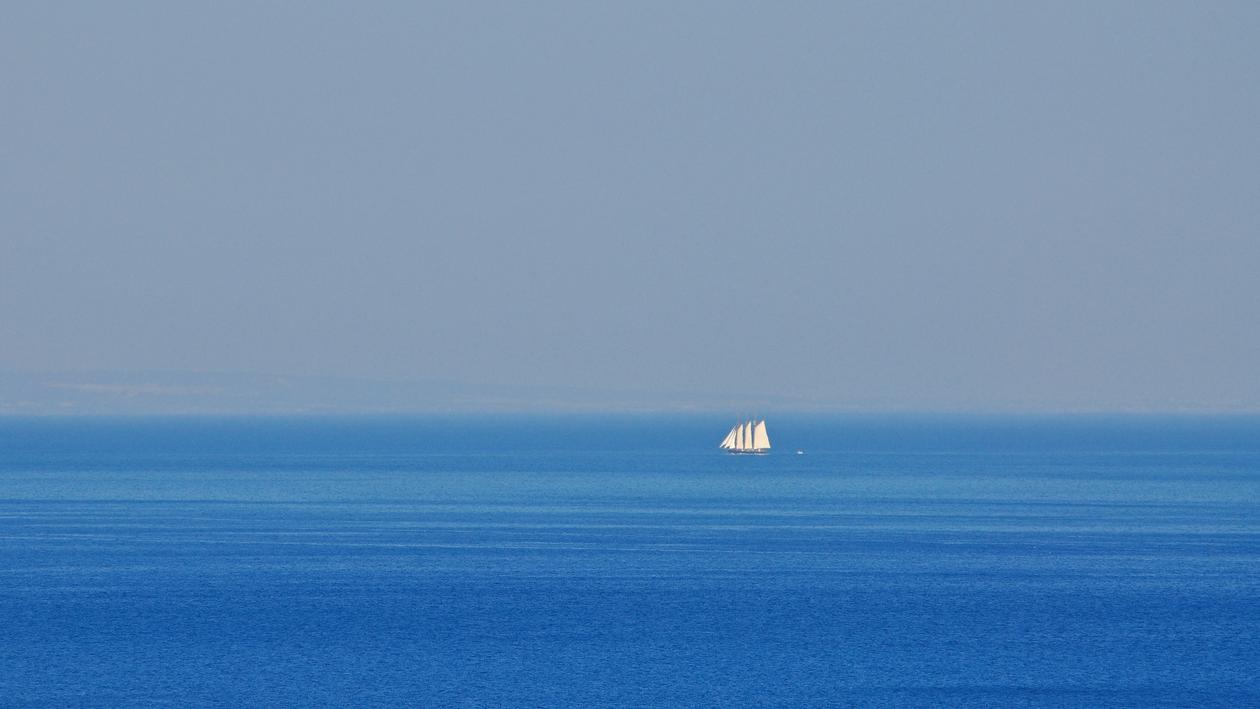
Grant supporting 58th Biennale di Venezia German Pavilion


The Schwarz Foundation supported the German Pavilion of the 58th Biennale di Venezia with a grant.
Commissioner: ifa (Institut für Auslandsbeziehungen) on behalf of the Federal Foreign Office, Germany
Artist: Natascha Süder Happelmann (Natascha Sadr Haghighian)
Curator: Franciska Zólyom
Ankersentrum (surviving in the ruinous ruin)
In collaboration with Susanne Sachsse, Jessica Ekomane, Maurice Louca, DJ Marfox, Jako Maron, Tisha Mukarji, Elnaz Seyedi, Kooperative für Darstellungspolitik, Maziyar Pahlevan, Sina Ahmadi, Jasper Kettner and many others.
Curated by Franciska Zólyom
Venice, 8.5.2019
– Some spaces are ruins as soon as they are created, and consequently irreparable. But can ruins also cause permanent damage, can they be persistently ruinous? The artist Natascha Süder Happelmann and her personal spokeswoman Helene Duldung, who appeared together at the pavilion’s first press conference in October 2018, now present the artistic contribution for the 58th International Art Exhibition of La Biennale di Venezia to the public – for the duration of the Biennale Arte 2019, the German Pavilion will be declared an Ankersentrum. In search of the unstable forms and possibilities of survival, resistance and solidarity, ruins are continually occupied, rededicated, rebuilt, inhabited. While the ruin itself is of less interest, its appropriation is a matter of extreme urgency. The Ankersentrum consists of an expansive installation; its structural, sculptural and sonic elements open up the space of the German Pavilion for an immediate somatic experience. Six musicians and composers from various musical backgrounds and genres have created contributions for the sound installation tribute to whistle. The main instrument used here is the whistle; its piercing tone is processed into a variety of rhythms and sounds. The six sound contributions for eight channels are played through 48 loudspeakers mounted on a scaffolding structure. They are heard in constantly shifting constellations. This, along with the movement of visitors inside the room, generates changing sound spaces. To coincide with the opening of the Ankersentrum, the third and last video by Natascha Süder Happelmann will be published on the website www.deutscher-pavillon.org and on social media. Following on from two previous videos, it forms the third part of a trilogy that marks the way to the Ankersentrum. Without further comment, it witnesses and connects places such as AnkERzentren (“transit camps” for asylum seekers) in Bavaria, tomato plantations in Puglia and a rescue ship in the customs port of Trapani. An essential part of the artistic contribution is the publication Ankersentrum (surviving in the ruinous ruin), designed by Maziyar Pahlevan and published by Archive Books. It contains poems, drawings, photographs and texts by Natascha Süder Happelmann, Nida Ghouse, Franciska Zólyom, Helene Duldung, Rheim Alkadhi, Aino Korvensyrjä, David Jassey, Rex Osa, Jasper Kettner, Fritz Lazlo Weber and Felix Meyer.








